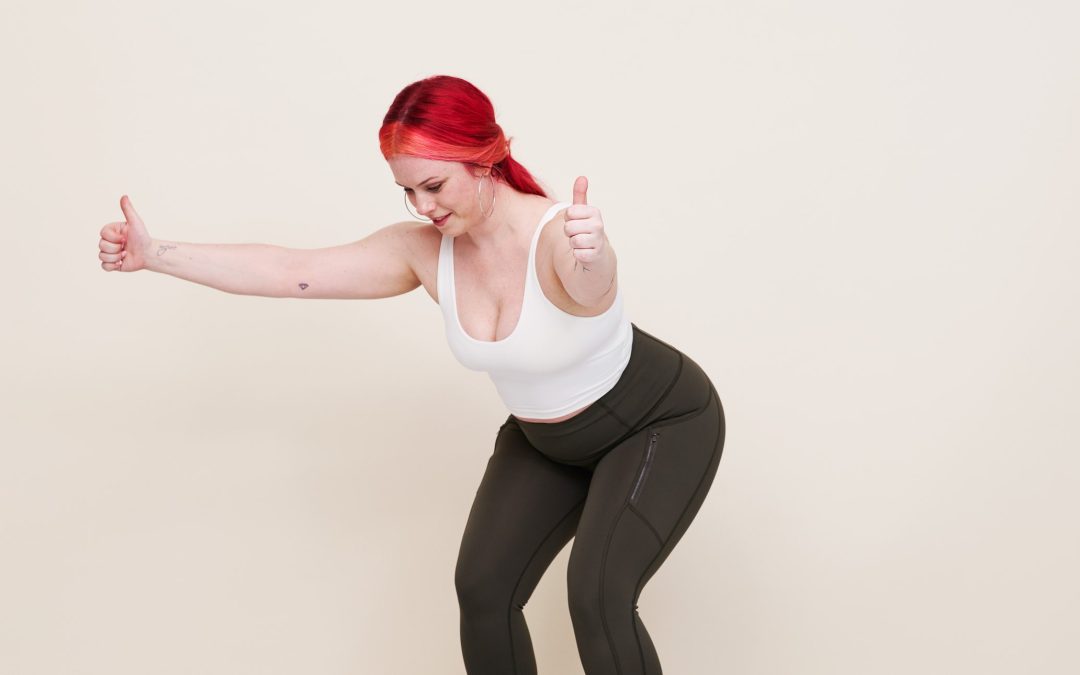When you feel your shoulders round and start to slouch, it’s hard to just will yourself to straighten up. That’s where the best rear delt exercises come in: They strengthen the muscles that allow you to better retract your shoulder blades, put them in a safer position, and help you stand tall.
Many of our daily habits wreak havoc on our posture. One key one? Prolonged bouts of sitting, James Higgins, PT, DPT, OCS, at Integrative Physical Therapy of NYC, tells SELF.
That can be from computer work, which often leaves us hunching over our desks or couches for several hours each day. Or from being glued to our handheld devices, which often cause us to tilt our head forward, causing our shoulders to tighten and round. (Hello, tech neck!) This is especially true for people who tend to do these activities straight through, without taking a break—even a walk to the bathroom—to loosen up your muscles and mix up your shoulder position.
Luckily, there are a number of rear delt exercises you can do to strengthen the small-but-important muscles in the back of your shoulder, and, in turn, improve your posture. From simple isolation moves to compound movements, there are a number of rear deltoid exercises that you’ll want to add to your routine. But before we get into them, let’s discuss why your rear deltoids are so important in the first place.
What are your rear deltoids?
Located on the shoulder, your deltoid muscle is made up of three different parts: the anterior deltoids (front delts) that help move your arm forward; lateral (side delts) that help move your arm up and down and out to the side; and posterior deltoids (rear delts) that help move your arm backward.
Together, they help with extension (say, when you swing your arms behind you), external rotation (lift your arms to dry the back of your head), and horizontal abduction (when you pull your shoulders back to throw), as well as helping stabilize muscles in that area.
Why is strengthening your rear deltoids so important?
Strengthening your rear delts helps stabilize your upper body and build balanced strength, Elisa Capers, an ACE-certified personal trainer based in Brooklyn, tells SELF.
Many people, especially gym-goers, tend to overwork the muscles on the front of their body, like their pectoral muscles or front delts, by overfocusing on push exercises like presses or push-ups. By neglecting pull exercises, which tend to work the muscles in the back of the body, this can lead to strength imbalances.
There needs to be a balance between those push exercises and pull exercises, Capers says. And giving your rear delts some attention can help with that.
What’s more, when you work your rear delts, you’re training your shoulders to sit and stay in a healthier position for your body, Higgens says. It helps you better learn how to retract your shoulder blades, which makes for better positioning during lifts and everyday movements.

